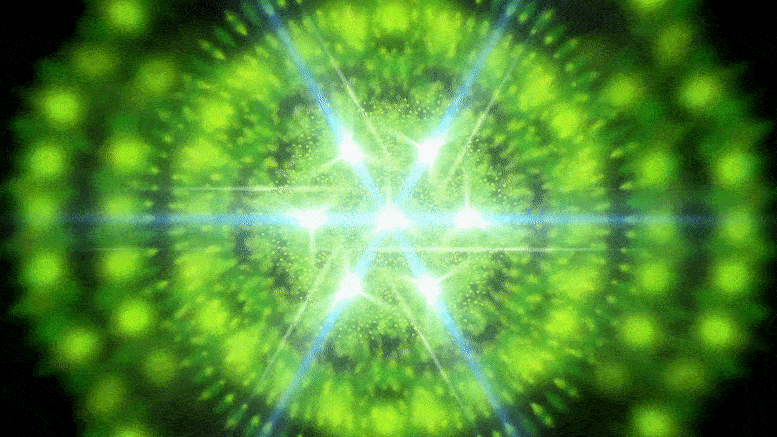
Cientistas da Universidade de Tohoku descobriram que o ácido bórico catalisa a formação de peptídeos alongados em condições neutras e ácidas, contradizendo as teorias anteriores de que as condições alcalinas eram ideais. A descoberta de abundantes minerais contendo boro em rochas antigas da Terra também apóia o potencial de ambientes neutros ricos em boro para a síntese de proteínas prebióticas da Terra.
Desvendar o mistério em torno da primeira aparição de polímeros orgânicos catalíticos na Terra pré-biótica revelará conceitos-chave na origem da vida.
Pesquisadores da Universidade de Tohoku descobriram recentemente um possível ambiente no qual pode ocorrer a formação de polímeros orgânicos catalíticos. Para fazer essa descoberta, eles vaporizaram soluções[{” attribute=””>amino acids that contained boric acid and found that boric acid fosters the creation of polypeptides in both neutral and acidic environments. The longest peptides formed in the experiments were 39 monomer-long glycine polypeptides under a neutral condition.
Previous studies have suggested that highly alkaline evaporative environments served as the place for ancient protein synthesis, yielding up to 20 monomer-long glycine peptides. Neutral conditions were thought to be the worst-case in regards to peptide synthesis.

An ancient coastal area rich in boron could catalyze the polymerization of amino acids. Credit: Yoshihiro Furukawa
Boron-containing minerals have been discovered abundantly in some of the oldest sedimentary-origin rocks found on earth, dating back 3.8 billions-years. These findings suggest that coastal areas of ancient small continents and islands rich in boric acid spontaneously assembled amino acids, forming polypeptides and proto-proteins.
“The formation of polypeptides in neutral environments have important meanings in the chemical evolution of the origin of life,” says lead author Yoshihiro Furukawa, an associate professor at Tohoku University.
Whilst RNAs are rather stable under neutral conditions, they are extremely unstable under alkaline conditions. Boron has been known to help many steps in abiotic ribonucleotide synthesis.
“Boron-rich neutral evaporative environments serve as an ideal place for the formations and interactions between the two essential polymers on prebiotic Earth,” Furukawa says.
This research group is now investigating which amino acids are incorporated in the proto-peptides in this environment.
Reference: “Boron-assisted abiotic polypeptide synthesis” by Yuki Sumie, Keiichiro Sato, Takeshi Kakegawa and Yoshihiro Furukawa, 11 May 2023, Communications Chemistry.
DOI: 10.1038/s42004-023-00885-7

“Aficionado por música. Jogador. Praticante de álcool. Leitor profissional. Estudioso da web.”
